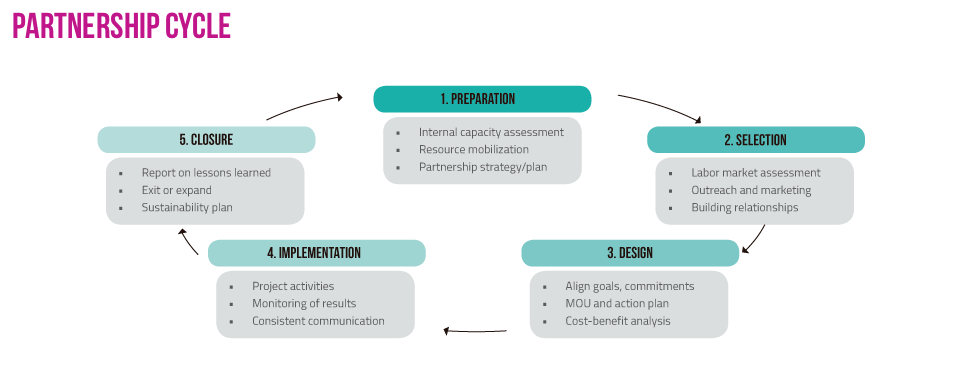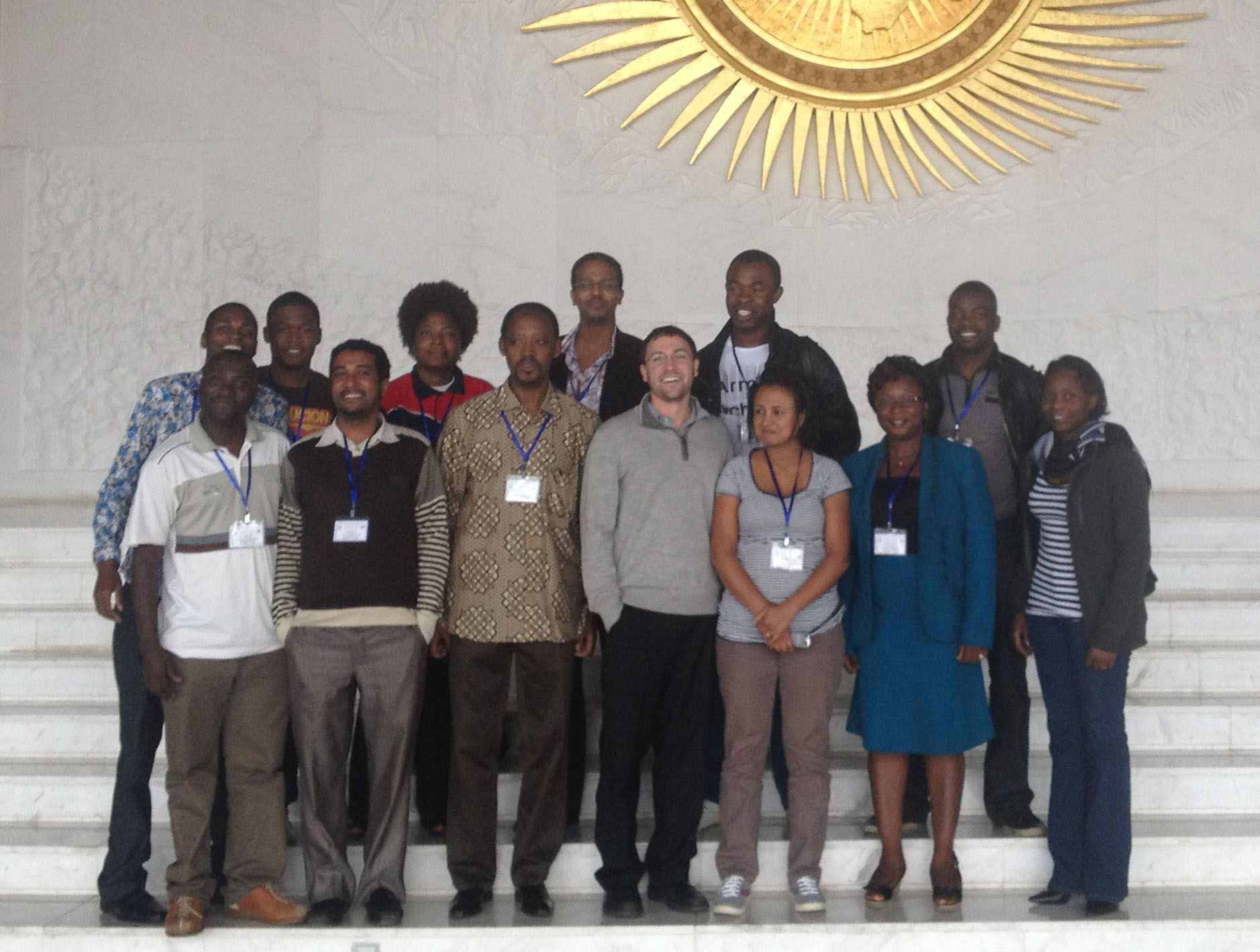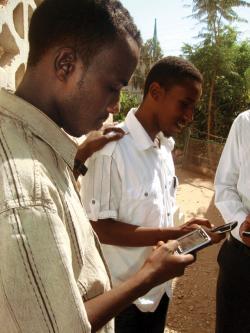TechChange recently worked with Making Cents International and The Rockefeller Foundation to produce a Demand-Driven Training (DDT) Toolkit to introduce, explain, and illustrate the best practices in jobs skills trainings for youth and to engage employers in targeted hiring, training, job coaching, and mentoring practices. The project represents a major accomplishment for the creative team, led by Creative Director Yohan Perera, and the instructional design team, led by Director of Instructional Design Shannon Fineran, and is the third installment in a series of interactive, toolkit-style PDFs engineered by the creative team for diverse TechChange clientele, including, previously, NetHope.
Demand-Driven Training (DDT) in youth workforce development refers to the development of customized skill sets to respond directly to specific requirements of a job role for or to the needs of employers which leads to direct employment placement or self-employment. The objective of the Toolkit is to provide information, tools,resources, examples, and current programs to businesses, educational providers, and other training programs so that those offering skills development and employment for young people can alter training and recruitment practices to become more aligned with market driven employment demand. Working with various global training service providers, Making Cents developed a source document for the Toolkit, a PDF spanning 40 pages, which was an ideal candidate for the intuitive interactivity and ease of use that a well-designed ePDF could offer.
The creative and instructional design teams partnered with content expert and lead researcher Branka Minic (Making Cents International) and project director Christy Olenik (Making Cents International) to design an interactive toolkit spanning around 60 pages at its completion. The creative team worked to ensure the seamless union of two separate style guides, while instructional designers offered guidance on content organization and layout and took on a copy editing role as the project neared its final stages.
The toolkit is available online at this link.






